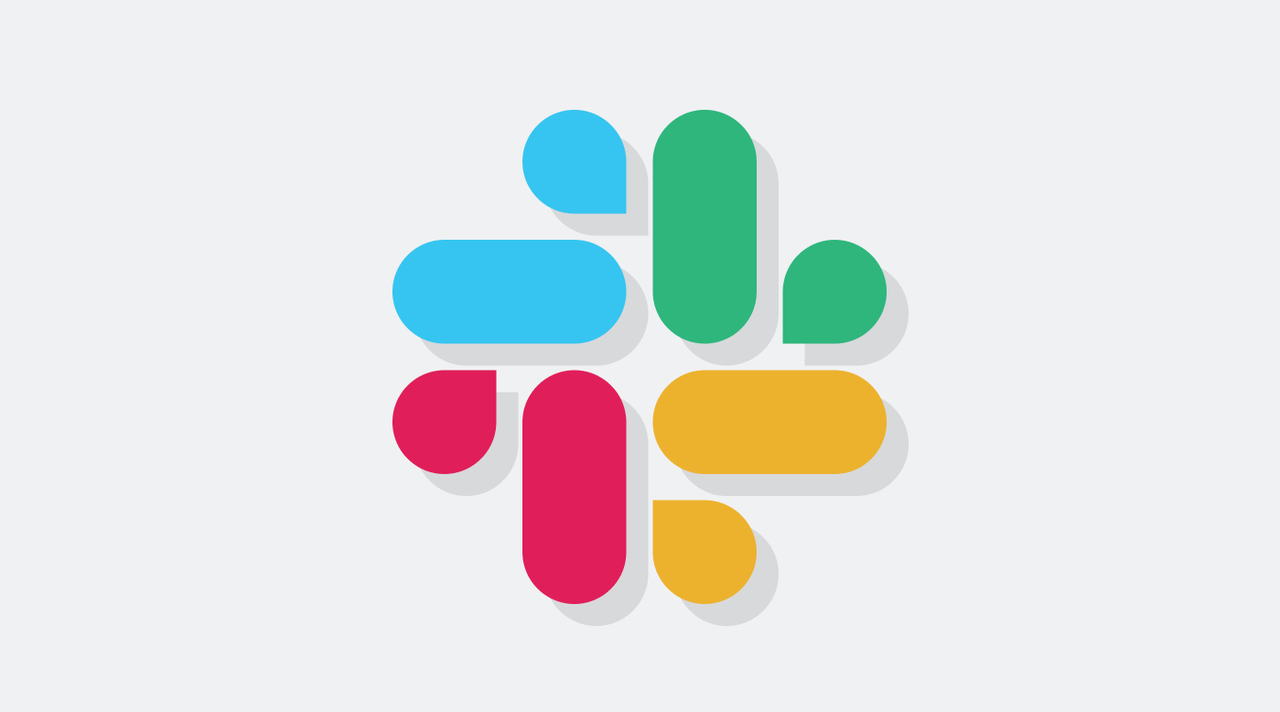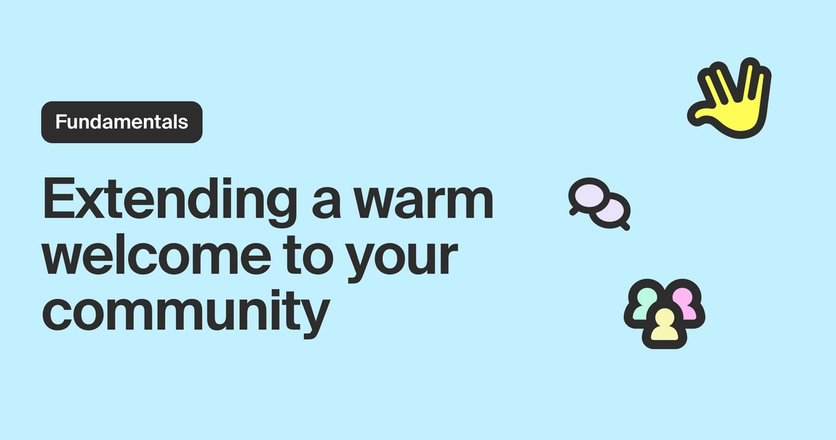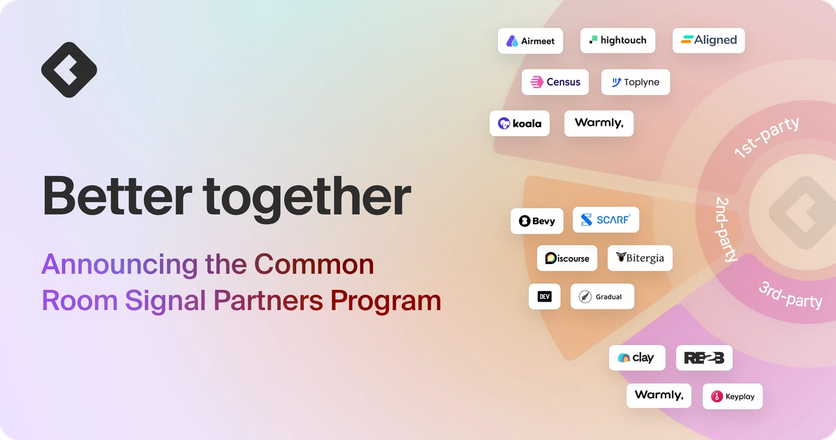11 min read

Choosing Slack: Our Top Priorities for Opening Uncommon's First Owned Community Channel
"If we do a good job on the community side, we send something out to the community and they talk back to us." This is how Joshua Zerkel, Head of Global Engagement Marketing at Asana, described what it means to build a program for people outside of one's company—and how a conversation leads to something deeper and more enduring than a reply.
Building the Uncommon community means building richer and more real-time ways for community-driven people to connect with Uncommon and the team at Common Room and, most importantly, to connect with each other. We've seen how healthy communities can inspire new ideas, spur product innovation, answer each other's questions, connect one another to opportunities and resources, and offer a place for old-fashioned camaraderie.
So when we officially announced the Uncommon community two weeks ago, powered by Common Room, we had our Twitter DMs open and we planned to launch Slack as our next channel to bring community builders together. Today, we delivered invitations to those community builders who joined Uncommon early—they're community management experts and enthusiasts who have engaged with Uncommon and Common Room since we announced in March 2021, and we're excited to introduce them to each other through Slack. We'll continue to grow the Uncommon Slack workspace and we can't wait to welcome you.
(Editor's note: As of May 2022, you can join 1000+ community leaders in the Uncommon Slack to share expertise and learn how to best use Common Room to engage, support, and grow your community—get started with Common Room for free today.)
Our strategy for opening a new community engagement platform
We believe that better products and experiences are built when companies are closer to their communities. In this spirit, we knew that we'd open a new platform—but we had some decisions to make.
At a high-level, we decided our next community engagement platform should have three key pieces of functionality:
- It should meet our community members and customers where they are: In a survey of more than 1,500 community-focused respondents, 49% of people used Slack to connect with their communities—Slack was second only to LinkedIn by less than 1%, and it ranked above Twitter, Facebook, Discord, Discourse, and other community engagement platforms by tens of percents.
- It should be a chat platform: Chat platforms enable both synchronous, real-time conversations as well as asynchronous threads. This flexibility lends chat platforms a casualness and ease that encourages people to interact without the worry of producing some formal, polished piece of literature.
- It should give us visibility into our community members and vice versa: We believe that engaging with your community means meeting them across the various platforms they want to connect on—ultimately this makes your platform selection an 'and' instead of an 'or.' But we are starting with Slack because to us, visibility is paramount. We believe that communities are stronger when its members know who each other are, and when companies and brands who are hosting their communities on Slack can identify and interact with their members on a personal, non-anonymous level. Slack offers a publicness that we couldn't get with a chat platform like Discord. That doesn't mean there won't be a place for Uncommon discussions in Discord in the future—if our community members tell us that's what they need, then we'll meet them there. But for today, we're indexing on everyone getting to connect with one another and with us, person-to-person.
Slack: The engagement model we wanted to embrace for our first community platform
So, we wanted to give our community members and customers more ways to interact. We could have chosen an inbound ticketing queue, a different chat platform, or a forum. It was easy to eliminate the ticketing queue as a choice because we wanted our community to be able to build connections with each other, not just with us.
We opted out of a forum (at least for right now), because we wanted to facilitate conversations and to give members a more casual, ephemeral way to connect on the daily. Across our own Common Room customers, we see forums serve as truly helpful places for troubleshooting and support, but they certainly receive lower rates of engagement—our customers' chat platforms receive 2x - 6x more engagement than their forums.
All that was left was to choose between Slack and Discord (at least for right now). Again, we turned to our customers. We found that while their Discord servers have more engagement, the quality of those engagements is much lower—there are more bot messages, more spam, and more noise to sift through—exactly the kind of thing that anonymity allows. We wanted to facilitate quality engagement and quality connections. So Slack was the right place to start for our community.
How we prepared to open Slack
To learn more about the tactical steps we took to launch Slack, read our post on how to launch your first community channel.
Choosing to open Slack next was not a decision we took lightly, because building for your community means more than pushing a button—it merits deep thinking about how your community prefers to interact, the visibility you need to have into what's happening across your community, how your team(s) will support conversations, the expectations and processes you'll set around your code of conduct and channel usage, and a realistic understanding of what your organization expects to achieve from more interaction with its community members and customers.
At Uncommon, here's how we thought about each of those points:
How our community prefers to interact
Looking across our customers and their own communities, Slack is prevalent. Like we noted above, after LinkedIn, Slack is the leading platform people use to connect with their communities—49% of more than 1,500 community-focused survey respondents told us so.
It makes sense: People already use Slack for work, and they feel comfortable navigating channels and threads within it. Slack enables quick and simple communication in a lightweight way—lightweight enough that posts don't need to be tediously overthought since they won't live forever (and are thankfully editable). It's also asynchronous enough to not feel dreadfully imposing but synchronous enough to receive a reply in a natural-feeling timeframe, and it lends a transparency that helps build rapport, trust, healthy discussion, and a way for newcomers to understand context around conversations. It also has excellent emoji reactions <looks at party parrot>.
The visibility Slack offers
Visibility is paramount.
Understanding who the people in your community are is imperative to supporting them, collaborating with them, and building better products and experiences alongside them. If you can't get visibility into who's using your product, you can't build a relationship with them that endures beyond transactions, and they can't build relationships with each other. We don't believe that anonymity contributes to creating vibrant long-term communities or vibrant long-term products. To build best for people, you need to know who's using your products and how they're engaging with your brand through all kinds of social channels, networks, and platforms—and you need to be able to engage with them back.
This is a key reason we chose to open Slack first—because it's quite public. Participants post their names, avatars, workplaces, and statuses in a way that enables everyone to get a sense of who they're engaging with and, on the best days, maybe even some things they share in common. This publicness allows community managers and other internal teams to have the visibility they need to better connect with and support their own community members—Slack offers details that are leaps and bounds beyond the often-anonymous user names and piecemeal data managers can glean from a platform like Discord.
This facet of Slack is super important to us at Uncommon, because as Common Room's community, we want to dogfood our product in the way that as closely resembles our customers' experiences as possible, all the way down to the information we can understand about our community members from the platforms we engage on. Slack is a key communication channel for them, and it's one of the multiple sources we support in Common Room. It's a win-win-win.
How our teams will support conversations
Conversational support played a significant role in our decision to open Slack. Similar to the idea that you wouldn't invite a new friend to a party and then leave them to guess at conversation topics without any introduction, we wouldn't open an engagment platform intended to gather community-driven leaders together without considering the types of conversations our community has told us they want to have.
So while it's our hope to see conversations flowing and growing without our team's instigation, we also know it's our job as hosts to facilitate topics we know are interesting to the parties we've invited, well, to the party. Slack makes it simple—we scoped a welcome note, specific channels for directed conversations, polls, ice breakers, and topics to cover like reporting and metrics, hiring best practices, and swag goals. We'll share more about these in an upcoming post and if you like what you see, you'll be able to take it as inspiration and use it to spark dialogue in your own communities.
How we'll prioritize and deliver on community expectations
Online communities offer an incredible wealth of knowledge and genuine connection—Jeff Barr, Chief Evangelist at AWS, calls this "priceless knowledge given freely"—but we've all seen that they can become a negative space. The Uncommon Slack is an inclusive space, and we won't tolerate dehumanizing behavior—we make that clear through our Uncommon Community Code of Conduct. Many organizations do this well—we specifically love codes of conduct like the Contributor Covenant, the Django Code of Conduct, and how Discourse sets expectations, and we're grateful for the inspiration.
A Code of Conduct doesn't guarantee perfect behavior, but it does enable the Uncommon team to set expectations around what we believe is important for community health and vibrancy, and around when, how, and why we may take action with a certain community member. We also set up escalation processes and an email alias specifically devoted to supporting community members in having the experience of a safe, welcoming, and genuinely well-intentioned space.
Community Team+: Why other key teams are excited to see the community in Slack
All of us at Common Room believe in the collective power of community, so opening up more channels for direct dialogue with our community—for community and about community—only makes sense. But that's a bit of a cop-out in terms of concrete expectations.
So we'll offer a few examples of why other key teams and role types at Common Room are excited to see the community in Slack:
- Our Product & Engineering teams: What better way to understand how community members and customers are interacting with your product than real-time feedback? As we continue to bring on beta customers from our waitlist (and in the future, all folks), we want them to be able to let us know which features they wish for, where any bugs might be hiding, and what's delighting them.
- Our Customer Success team: As we deepen relationships with community members, who represent both our current customers and our potential customers, our - Customer Success team is keenly interested in what questions are challenging community managers, support teams, and leaders right now. Knowing the questions that are top of mind from week to week, and even day to day, enables our Customer Success team to design and deliver more timely, relevant, and helpful training and troubleshooting materials to customers, and it helps them shape and scope our product alongside our Product and Engineering teams.
- And us, the Community team: Combined, we've been working across the community space for more than 25 years, but we know that the needs of a community change as communities change. With the arrival of new tools, new networks, new products, and new approaches to product building, it's important for us to maintain a direct line with community leaders around (and beyond) the modern SaaS industry and it's important for us to make it easier for those leaders to connect with each other, too. So here we are, ready to begin.
Some of our customers directly add their partnership, growth, account, and marketing teams into their Common Room—they recognize and believe that the ability to understand the people engaging with their products offers something valuable for everyone.
All the above said, we know there are a lot of channels out there and a lot of ways your community can interact with your brand—Slack, Discord, Discourse, GitHub, Intercom, Twitter, LinkedIn, Reddit, Khoros, and plenty of bespoke solutions that organizations build on their own—we'll be comparing the advantages and challenges of those approaches in an upcoming post.
For now, we'd love three things: Join Uncommon, say hello on Twitter, and get started with Common Room to let us know how it helps you activate your community.
We think you'd like these
Community Is Long-Term: Technical Considerations for Evaluating your Community Stack
Nov 18th, 2021·8min readCTO and co-founder of Common Room, Viraj Mody, discusses technical considerations...Community
Uncommon Conversations: An Interview with Erica Kuhl, CEO & Strategic Community Consultant
Oct 27th, 2021·14min readCommunity
How to automate welcome messages to community members
Aug 12th, 2021·8min readCommunity
Better together: announcing the Common Room Signal Partners Program
Apr 16th, 2024·11min readCommunityProduct